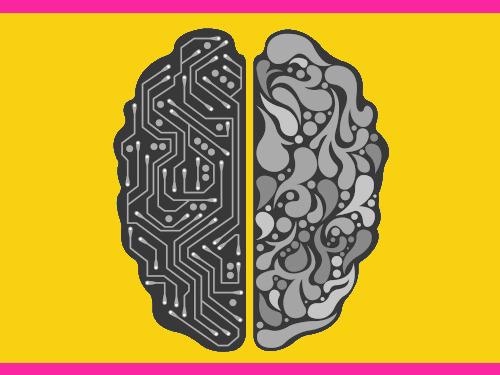Dec 15 2020
Japanese scientists have created an AI that could soon assist stroke survivors to receive the appropriate treatment by sensing the post-stroke depression (PSD) type of a patient—a neuropsychiatric manifestation often observed but usually ignored after a stroke and could weaken the functional recovery.
 Associated neurological symptoms tend to hinder the detection of post-stroke depression. Researchers from Hiroshima University devised an AI that can diagnose three types of post-stroke mood disorders using 36 evaluation indices obtained from functional, physical, and cognitive tests on 274 patients. Image Credit: Pixabay.
Associated neurological symptoms tend to hinder the detection of post-stroke depression. Researchers from Hiroshima University devised an AI that can diagnose three types of post-stroke mood disorders using 36 evaluation indices obtained from functional, physical, and cognitive tests on 274 patients. Image Credit: Pixabay.
The AI was designed by researchers at Hiroshima University (HU) with the help of a probabilistic artificial neural network named log-linearized Gaussian mixture network. The neural network was trained to differentiate between apathy, depression or anxiety based on 36 evaluation indices acquired from physical, functional and cognitive tests carried out on 274 patients.
The study examined the association between PSD and activities of daily living independence, stress awareness, degree of paralysis and higher brain function using machine learning. Findings of the study have been published in the journal Scientific Reports.
Early PSD Detection
According to the researchers, each PSD type might have several fundamental neuroanatomic mechanisms, which could have a unique effect on the functional recovery of a patient. Its early detection is essential to offer a suitable treatment required by the patient.
Depression is a highly comorbid neuropsychiatric symptom during the acute and subacute phase after a stroke and has been reported to negatively influence functional and cognitive recovery. Thus, early diagnosis and intervention are crucial for post-stroke depression. However, PSD is multifactorial, and associated neurological symptoms may hinder the detection process.
Seiji Hama, Study Author and Research Associate, Graduate School of Biomedical and Health Science, Hiroshima University
“This study is the first step in aiming to accurately diagnose PSD using data obtained in routine practice without any special equipment,” added Hama.
The team tested the diagnostic accuracy of the AI using the receiver operating characteristic curve, which visually assesses the working of a machine learning algorithm by conferring it an area under the curve (AUC) score. An AUC score of 1.0 is equal to top performance. The AI scored above 0.85 in PSD detection.
Stress Threshold Hypothesis
Cognitive dysfunctions, several post-stroke physical disorders and mood disorders linked to stress responses are intricately related, which makes it hard to comprehend the cause of PSD, thus making it challenging to diagnose.
It is unclear whether PSD occurs as part of the mourning process because of the physical impairments after a stroke or whether it is triggered by biological factors related to brain damage.
However, the findings of the study indicate that lower stress adaptability caused by stroke-induced brain lesions is the cause of PSD.
“One of the traditional hypotheses on the PSD mechanism was ‘threshold hypothesis’, consistent with many previous reports demonstrating the association between the accumulation of lacunar infarcts within the basal ganglia, thalamus, and deep white matter and PSD,” report the study authors.
Hama stated that the team plans to carry out a thorough analysis using MRI images to further illuminate the origins of PSD and enhance methods to diagnose, expecting that the technology would be applicable to wearable devices. They hope that patient rehabilitation would be enhanced via the early diagnosis and treatment of PSD.
If this diagnostic technique of PSD becomes possible to test with a wearable device, it will be possible to use it in the local community. By combining it with the test for cognitive function, we would like to verify its application to the preventive effect of strokes.
Seiji Hama, Study Author and Research Associate, Graduate School of Biomedical and Health Science, Hiroshima University
Journal Reference
Hama, S., et al. (2020) Relationships between motor and cognitive functions and subsequent post-stroke mood disorders revealed by machine learning analysis. Scientific Reports. doi.org/10.1038/s41598-020-76429-z.